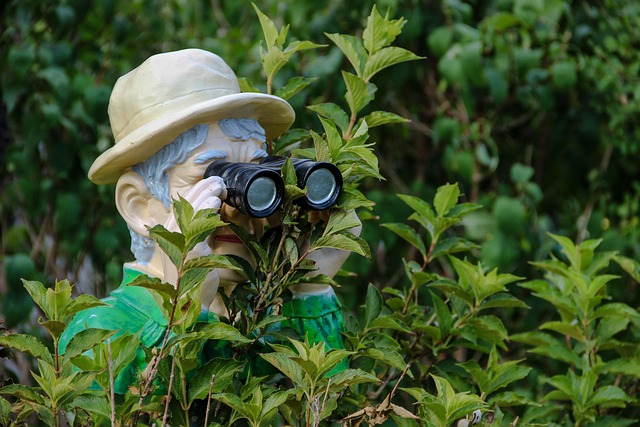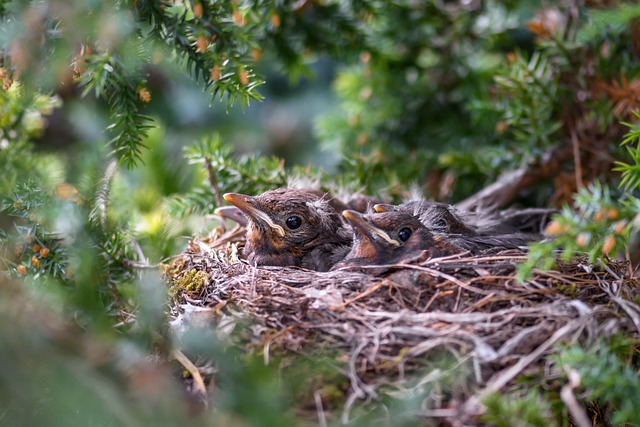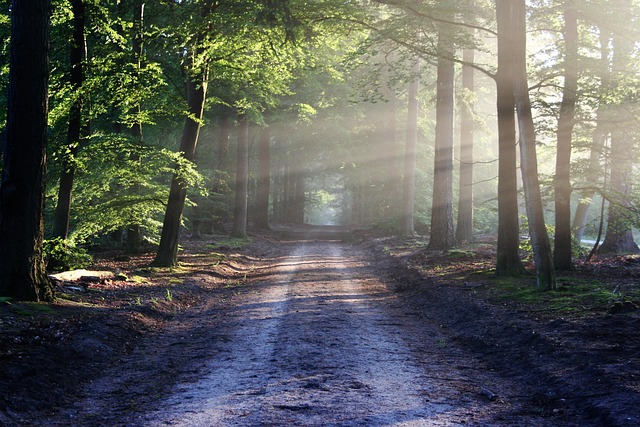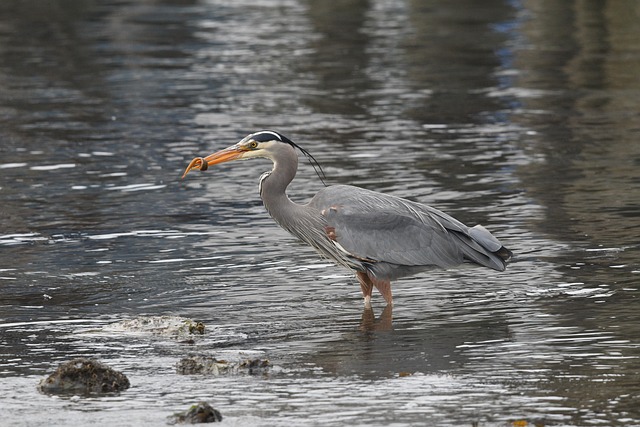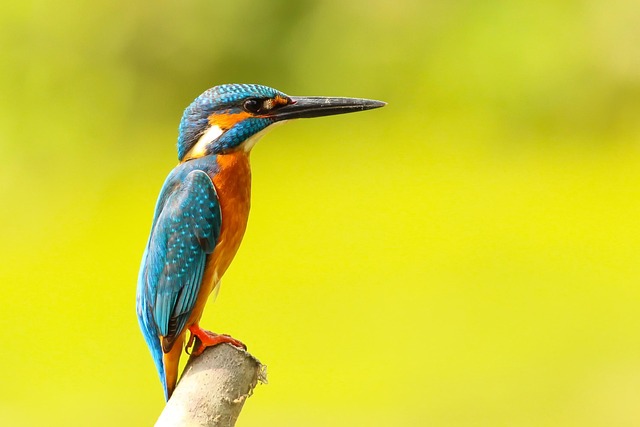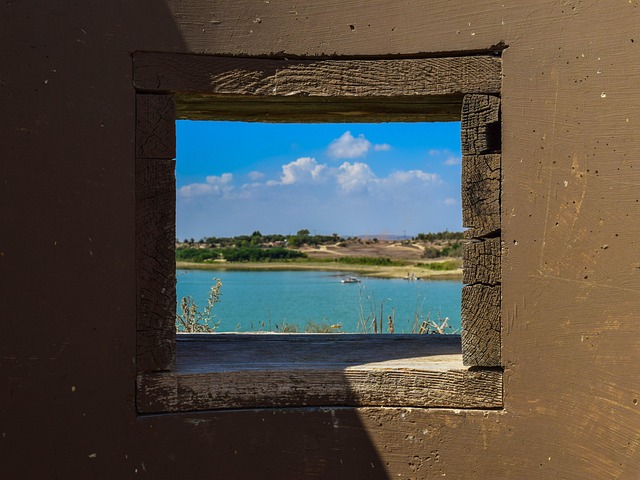
Category: Bird Watching in Lane County Oregon
Bird Watching in Lane County, Oregon: A Comprehensive Exploration
Introduction
In the heart of the Pacific Northwest lies Lane County, Oregon, a region teeming with biodiversity and natural splendor that captivates outdoor enthusiasts and nature lovers alike. Among the myriad activities available for exploration, bird watching stands out as a quintessential activity, drawing visitors from around the world to its diverse ecosystems. This article delves into the multifaceted world of bird watching in Lane County, Oregon, exploring its history, global significance, economic impact, technological innovations, regulatory framework, challenges, and future prospects. By the end, readers will gain an in-depth understanding of this popular pastime’s vital role in ecological conservation, community engagement, and the local economy.
Understanding Bird Watching in Lane County, Oregon
Definition and Core Components
Bird watching, or ornithology, is the practice of observing and studying birds in their natural habitats. It involves a blend of art and science, requiring keen observation skills, knowledge of bird behavior, and often, specialized equipment like binoculars and field guides. In Lane County, this activity encompasses exploring diverse landscapes, from dense forests to expansive wetlands, with the aim of identifying and appreciating the region’s rich avian diversity.
Key components include:
- Observation: The act of watching and recording bird behaviors, habitats, and patterns.
- Identification: Recognizing different species through physical characteristics, vocalizations, and behavior.
- Conservation: Contributing to the protection and preservation of birds and their habitats.
- Community: Engaging with local and global bird-watching communities for knowledge exchange and collaborative conservation efforts.
Historical Context and Significance
Bird watching in Lane County has a rich history dating back to the 19th century when early naturalists first documented the region’s diverse bird species. Over time, it evolved from a hobby for enthusiasts to a significant ecological and economic activity. Today, it plays a crucial role in:
- Conservation: Raising awareness about endangered species and habitat loss, fostering conservation efforts.
- Research: Providing valuable data for scientists studying avian migration patterns, behavior, and ecology.
- Tourism: Attracting visitors who contribute to the local economy through bird-watching tours, equipment sales, and accommodation.
- Community Engagement: Uniting people from all walks of life in a shared appreciation for nature.
Global Impact and Trends
Bird watching is a worldwide phenomenon, with an estimated 64 million people participating in this activity globally (Birdlife International, 2021). Lane County’s unique avian diversity and scenic landscapes contribute to its appeal on the international stage. Key global trends shaping bird watching include:
- Urban Birding: The rise of urban bird watching, where city dwellers connect with nature in their local parks and green spaces.
- Digital Engagement: The use of technology, such as mobile apps and social media, to document and share observations, fostering a global community.
- Eco-Tourism: Growing interest in eco-friendly travel, with bird-watching tours becoming increasingly popular in destinations like Lane County.
- Conservation Collaboration: International partnerships focused on protecting endangered species and critical habitats.
Economic Considerations
Market Dynamics and Investment Patterns
Bird watching is a significant economic driver in Lane County, Oregon. The activity supports local businesses through equipment sales, accommodation, dining, and guided tours. According to the Oregon Tourism Commission (2020), outdoor recreation, including bird watching, contributes approximately $14 billion annually to the state’s economy.
Local Economic Impact
- Accommodation: Bird-watching enthusiasts often stay in local hotels, bed-and-breakfasts, and camping grounds during their visits.
- Retail Sales: Binoculars, field guides, bird feeders, and other equipment sales cater to the needs of bird watchers.
- Guided Tours: Local tour operators offer packages tailored to different skill levels and interests, providing employment opportunities.
- Research and Education: Collaborations with universities and research institutions bring economic benefits through funding and knowledge exchange.
Technological Advancements
Technology plays a pivotal role in enhancing the bird-watching experience and contributing to its growth:
- Mobile Apps: Applications like eBird (Cornell Lab of Ornithology) allow users to record and share their observations, providing real-time data for research and improving species distribution maps.
- Smart Binoculars: These devices integrate cameras and digital guides, offering enhanced viewing experiences and identifying birds with advanced features.
- Online Communities: Social media platforms and forums facilitate knowledge sharing, gear discussions, and trip planning among bird watchers worldwide.
- GPS Tracking: Researchers use GPS to track migratory patterns, providing valuable insights into bird behavior and habitat needs.
Policy and Regulation
The regulatory framework in Lane County, Oregon, ensures the responsible and sustainable practice of bird watching while protecting natural resources:
- Land Management: The U.S. Fish and Wildlife Service (USFWS) and local land management agencies oversee protected areas, ensuring proper use and conservation.
- Permitting and Licensing: Some activities, such as guided tours or research projects, may require permits to operate legally within designated areas.
- Species Protection: Laws exist to protect endangered species, with penalties for violations. For instance, the Endangered Species Act (ESA) provides a legal framework for conserving at-risk birds.
- Public Access: Policies prioritize public access to natural areas while minimizing disturbance to wildlife and habitat.
Challenges and Criticisms
Despite its benefits, bird watching faces several challenges:
- Habitat Loss: Urbanization and development threaten critical habitats, impacting bird populations and diversity.
- Disturbance: Unregulated activities like loud noises or close encounters with birds can cause stress and disturb natural behaviors.
- Species Misidentification: Inexperienced observers may misidentify birds, leading to inaccurate data collection and potential harm to rare species.
- Ethical Concerns: Some practices, such as feeding wild birds, can have negative impacts on their health and behavior.
Solutions and Strategies:
- Education and Training: Providing educational programs and workshops to improve observation skills and promote responsible practices.
- Regulated Access: Implementing controlled access to sensitive areas during peak migration seasons.
- Public Awareness: Launching campaigns to educate the public about the importance of conservation and responsible bird watching.
- Research Collaboration: Encouraging partnerships between local enthusiasts, scientists, and land management agencies for data collection and habitat restoration initiatives.
Case Studies
Case Study 1: Willamette River Bird Sanctuary
The Willamette River Bird Sanctuary in Lane County is a prime example of successful conservation efforts through bird watching. This sanctuary provides habitats for numerous species, including the endangered Western Meadowlark and the Great Blue Heron. Local bird watchers have contributed to research by recording bird sightings, which has led to improved management strategies. The area now offers guided tours, attracting visitors who appreciate the region’s natural beauty while supporting local conservation initiatives.
Case Study 2: Youth Engagement Programs
Local bird-watching clubs and organizations in Lane County actively involve youth through educational programs and workshops. These initiatives teach young people about bird species, conservation, and responsible outdoor ethics. By engaging the next generation, these programs foster a deeper connection with nature and encourage future conservation efforts.
Future Prospects
Bird watching in Lane County, Oregon, is poised for continued growth and development:
- Expanding Infrastructure: Investments in observation platforms, bird-watching trails, and interpretive centers will enhance the visitor experience.
- Technological Integration: The integration of virtual reality (VR) and augmented reality (AR) technologies could offer immersive learning experiences and remote participation.
- Community Engagement: Encouraging diverse communities to participate, including indigenous groups, ensures cultural sensitivity and a broader perspective on bird conservation.
- Research Collaboration: Strengthening partnerships with academic institutions and international research organizations will advance knowledge of avian ecology and migration patterns.
- Sustainable Tourism: Promoting eco-friendly practices and educating visitors about responsible behavior will ensure the long-term viability of bird watching as an economic driver.
Conclusion
Bird watching in Lane County, Oregon, is a vibrant and multifaceted activity that transcends mere observation. It is a catalyst for ecological conservation, economic growth, and community engagement. As the world becomes increasingly urbanized, the role of natural areas like those found in Lane County becomes even more critical. By understanding and appreciating the intricate relationship between humans and nature through bird watching, we can work towards preserving these precious ecosystems for future generations.
FAQ Section
Q: What equipment is necessary to start bird watching?
A: Basic equipment includes good binoculars, a field guide to identify birds, and appropriate clothing for outdoor exploration. More advanced enthusiasts might consider specialized gear like cameras or recording devices.
Q: Are there any risks involved in bird watching?
A: As with any outdoor activity, there are potential risks, such as exposure to varying weather conditions or encountering wild animals. However, with proper preparation, knowledge, and respect for nature, these risks can be minimized.
Q: How can I contribute to bird conservation efforts?
A: You can contribute by participating in citizen science projects, such as eBird, where you record your observations. Joining local bird clubs and attending educational events also supports conservation initiatives. Additionally, practicing responsible bird-watching habits, like minimizing disturbance to birds, helps preserve habitats.
Q: Is bird watching suitable for all ages?
A: Absolutely! Bird watching is an activity that can be enjoyed by people of all ages. Local organizations offer programs tailored to children, introducing them to the wonders of nature and fostering a lifelong appreciation for wildlife.


